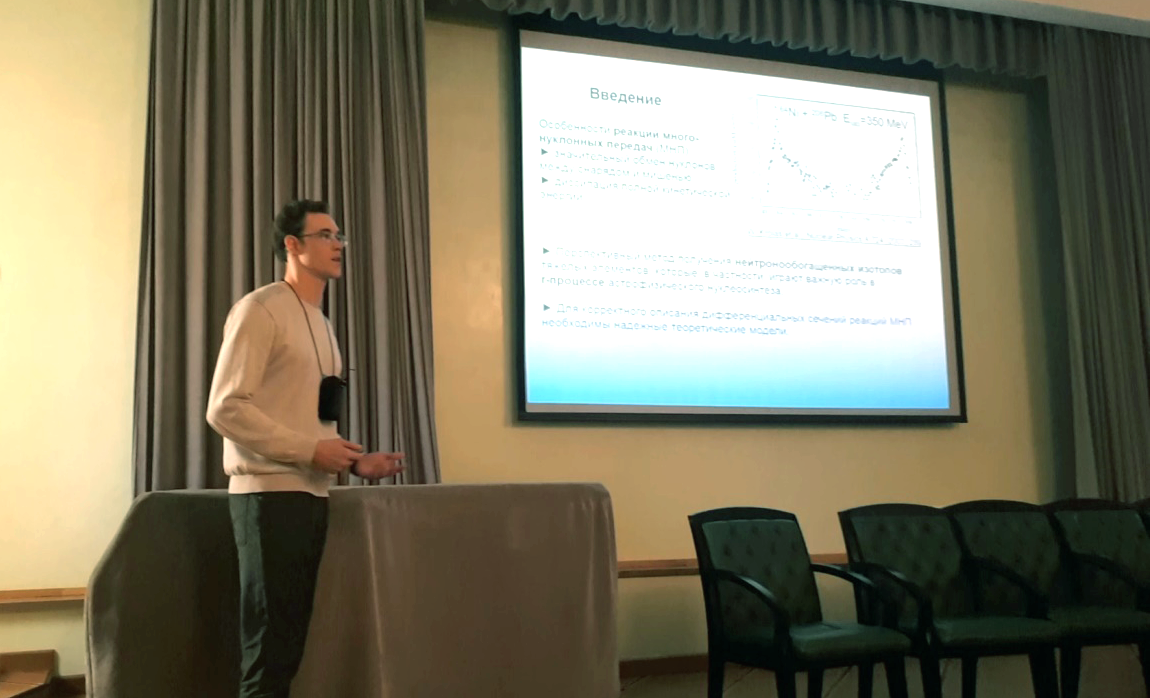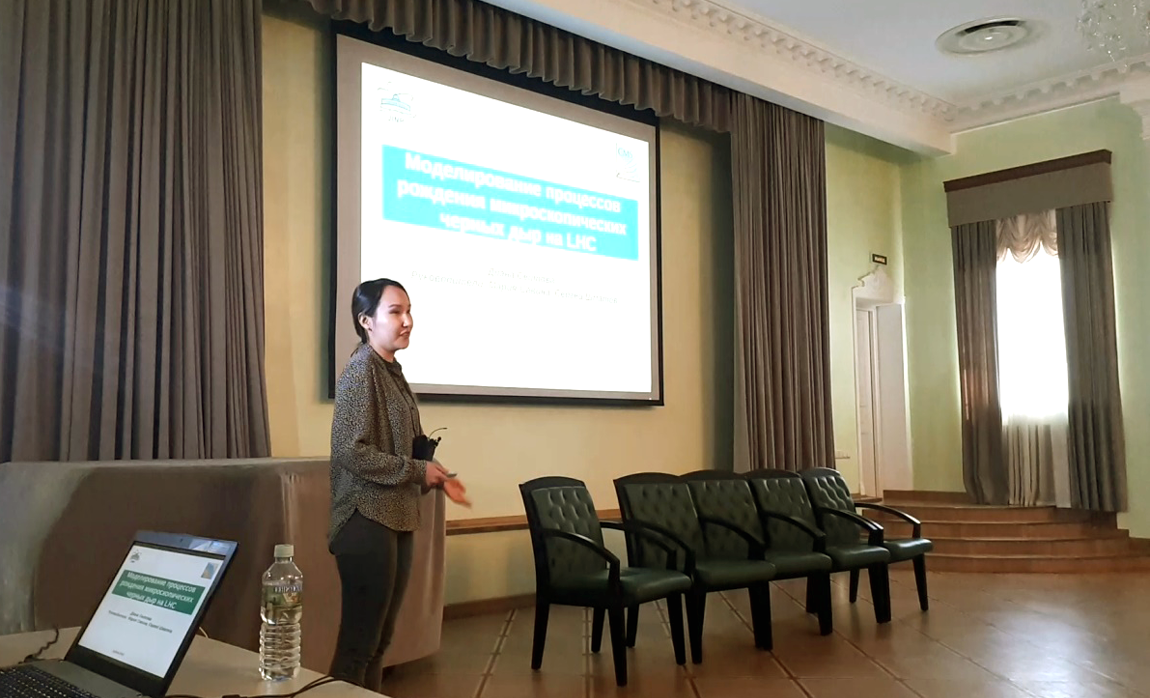Kazakhstan in JINR: our young scientists are at the cutting edge of science
News, 20 May 2019
On 22 April 2019, a reporting session of representatives of a delegation of the Kazakhstani scientific team with young scientists and specialists working in JINR was held in the JINR Scientists’ Club.
At the moment, more than 100 young scientists and specialists engaged in research on various fields of nuclear and neutron physics, accelerating facilities, radiation material science, informational and cloud technologies work in JINR. They take part in large-scale international mega-science. Thus, about 10-12 Bachelors graduate annually in the frames of the two-diploma education who will continue their work in science in scientific and research institutes and universities of the Republic of Kazakhstan. Such specialists are in demand in various scientific and technological fields. The delegation of the scientific team was headed by Professor K. K. Kadyrzhanov, Director of the Institute of Nuclear Physics in Nur-Sultan M. V. Zdorovets, and Head of the Laboratory of Applied and Theoretical Material Science of the Institute of Nuclear Physics S. B. Kislitsyn.
The Kazakhstani colleagues were welcomed by JINR Vice-Director M. G. Itkis and Head of the National Group of Kazakhstan in JINR D. T. Aznabaev.
The reporting session was opened with the welcoming speech by Prof. K. K. Kadyrzhanov who noted that “Dubna is a place where the full potential of modern physics is concentrated. Even the most fantastic scientific ideas can become real particularly in Dubna.” In his response, M. G. Itkis expressed his deep gratitude to Kairat Kamalovich for his active participation in the JINR life and the development of new fields of the scientific interaction between the JINR laboratories and scientific and educational organizations of the Republic of Kazakhstan. He also highlighted that one of the most successful results of the fruitful cooperation of JINR and Kazakhstan was the DC-260 heavy ion accelerator, the leader among Kazakhstani scientific centres.
The major aim of this session was to get acquainted with the results obtained during the past year by Kazakhstani scientists in scientific teams of the JINR laboratories as well as to evaluate whether this research was promising for the development of science in Kazakhstan or not. Thus, results of work on the establishment of the distributed information and computation infrastructure of organizations of the JINR Member States were presented. In this work, GRID-technologies were used. Moreover, participants of the session reported on the results of work on the creation of the unique Baikal deep underwater neutrino telescope, experimental research on the cluster structure of exotic nuclei, application of methods of neutron radiography and tomography in various scientific fields, etc.
More than 20 Kazakhstani specialists from all the JINR laboratories presented results of their work. Such reporting meetings are planned to be held once a year.






